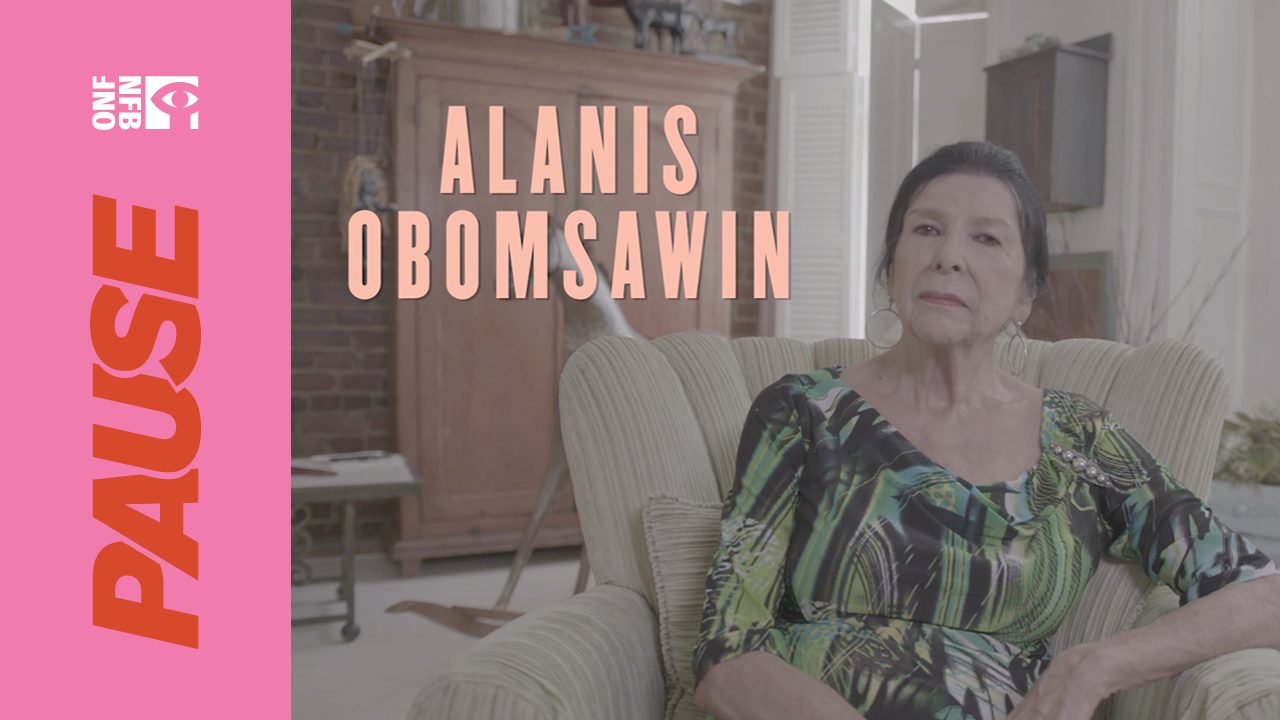
NFB Pause: Kanehsatake: 270 Years of Resistance | 25 Years Later
NFB Pause: Kanehsatake: 270 Years of Resistance | 25 Years Later
On July 11, 1990, Québec’s provincial police force, the Sûreté du Québec (SQ), stormed the barricade erected on a small dirt road by Mohawks from the village of Kanehsatake.
The community had been protesting since March against a housing and golf-course expansion project in the municipality of Oka that would encroach on a pine forest on Mohawk territory.
For weeks, the protesters had ignored two court injunctions obtained by Oka ordering that the barricade be removed. Tear gas canisters were fired at the protesters and the Mohawk warriors from Kahnawake and Akwesasne who had come to their aid. An exchange of gunfire ensued and the provincial police’s involvement turned tragic when an SQ officer, corporal Marcel Lemay, was killed in the gun battle.
The SQ retreated and the protesters took advantage of the confusion in the battle’s aftermath to expand their barricade to include Route 334. After hearing the news, the Kahnawake Mohawks blocked the Mercier Bridge in support of their Kanehsatake brothers. The Oka Crisis had begun.
From the start of her career, Alanis Obomsawin has felt it her duty to document important events involving Indigenous communities. So when she heard the news, she immediately put together an NFB crew to film the events that were to follow.
Kanehsatake: 270 Years of Resistance, Alanis Obomsawin, provided by the National Film Board of Canada
78 days
She arrived with a small team, thinking the siege would last only a few days. It lasted 78 and turned into a major political event that would forever alter the relationship between the Indigenous peoples and the non-Indigenous Canadians. It would also result in the Abenaki filmmaker’s most important work.
Kanehsatake: 270 Years of Resistance celebrates the 25th anniversary of its release in 2018. While the documentary enjoyed enormous success, its launch was not without problems. The CBC and the private British broadcaster Channel 4 got wind of the project as it was being edited, and CBC staff even came to observe the filmmaker and her editor at work at the NFB. It was a colossal task.
After cataloguing some 100 hours of film, they embarked on the long editing process. The first version lasted 10 hours! Subsequent versions cut this down to three hours and then to its final length of 119 minutes. But the CBC felt this was still too long and demanded a 48-minute version. Obomsawin refused. How could you boil down a 78-day crisis into under an hour? Ultimately, the full-length film was purchased by Channel 4.
The British broadcaster first held private viewings with various target audiences to get their reactions. The reception was very enthusiastic; viewers leapt to standing ovations, and the film was broadcast a week later. Which is how, strange as it may seem, Alanis Obomsawin’s most important work was world premiered in England and first broadcast on television on a foreign network. The CBC eventually purchased the film in its original length and broadcast it several months later.
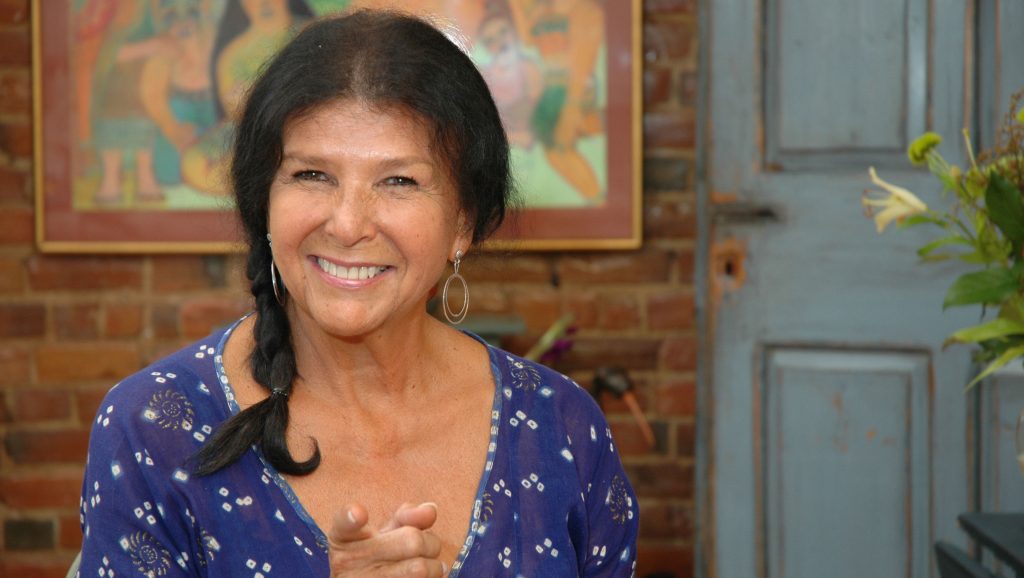
A unique perspective
As its title implies, Kanehsatake: 270 Years of Resistance is about much more than the Oka Crisis. It covers nearly three centuries of Mohawk resistance against the invasion of its territory. It looks at the crisis from the inside – from the Indigenous point of view. It takes a unique perspective on the confrontation between the Mohawks, the SQ, and the Canadian Armed Forces, in contrast to the TV reports and newspaper stories of the time.
It is a striking film. A pioneering work. A pivotal moment in the history of Indigenous cinema. It represents the recognition of a filmmaker who has tirelessly, intelligently, and sensitively defended the causes of Indigenous peoples in Canada for nearly 50 years, and who strives, film after film, to make their voices heard.
So on this National Indigenous Peoples Day, June 21, I invite you to enjoy – or enjoy once again – this NFB classic.
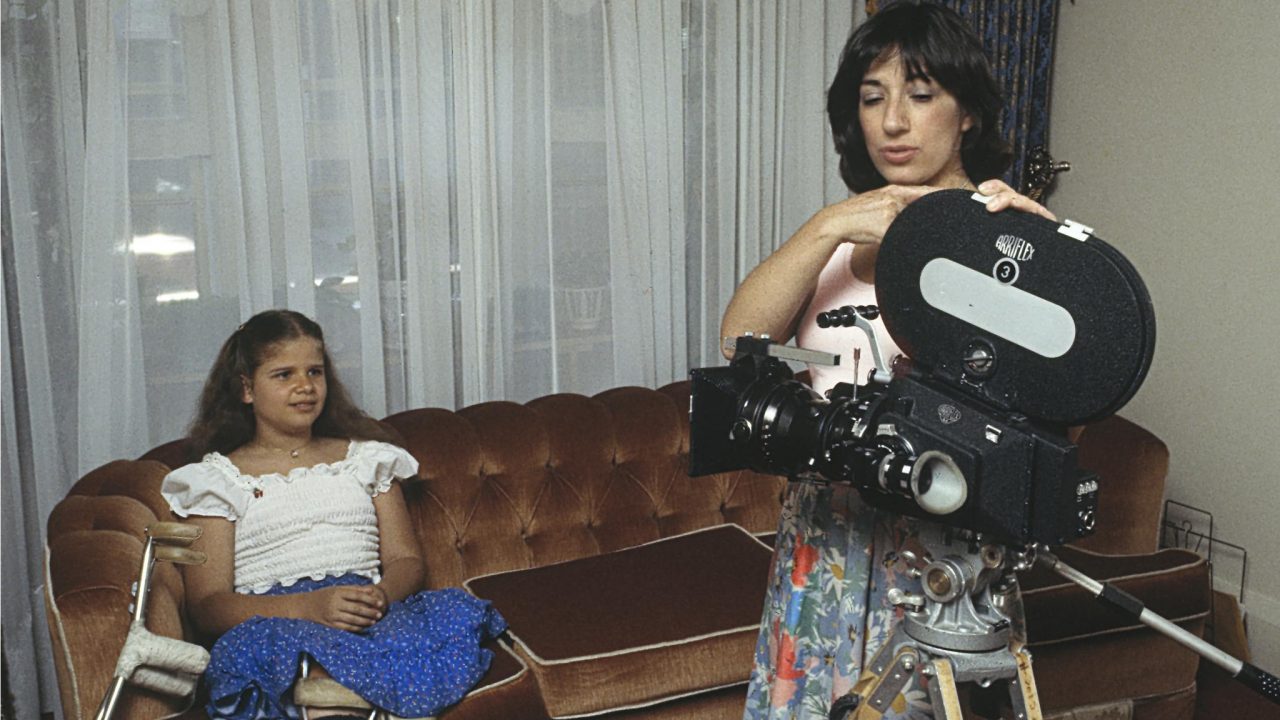
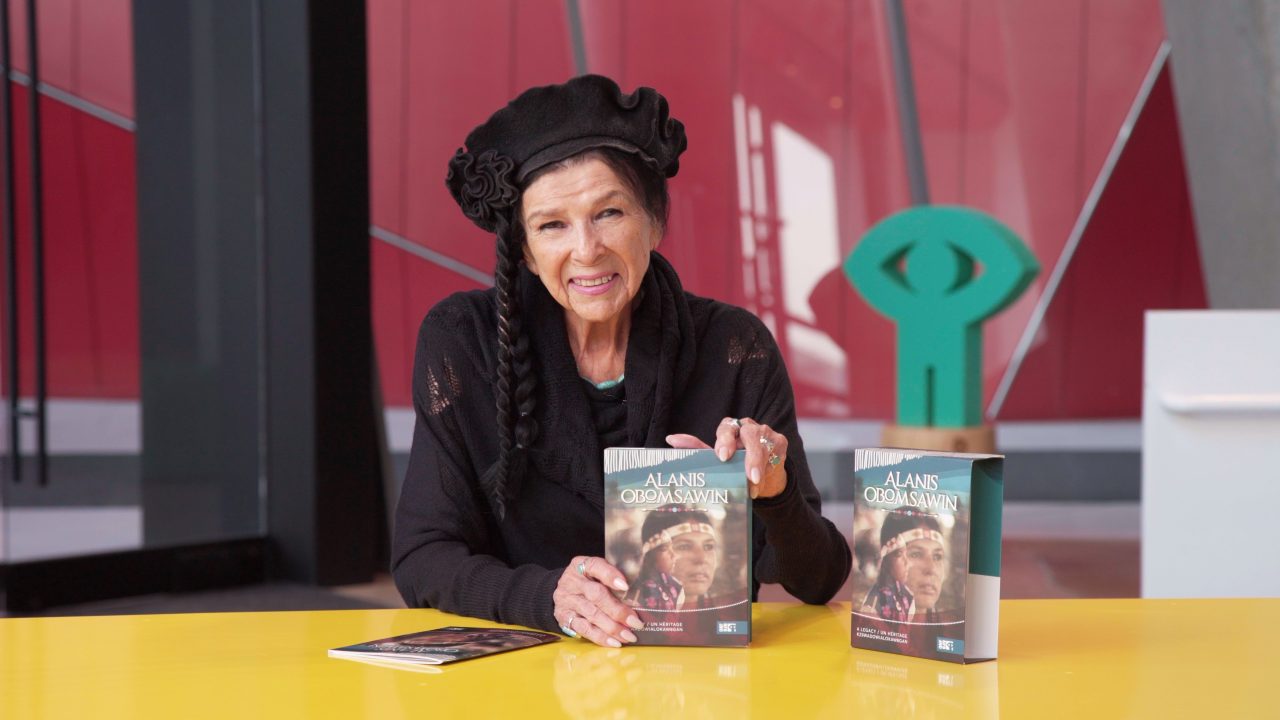
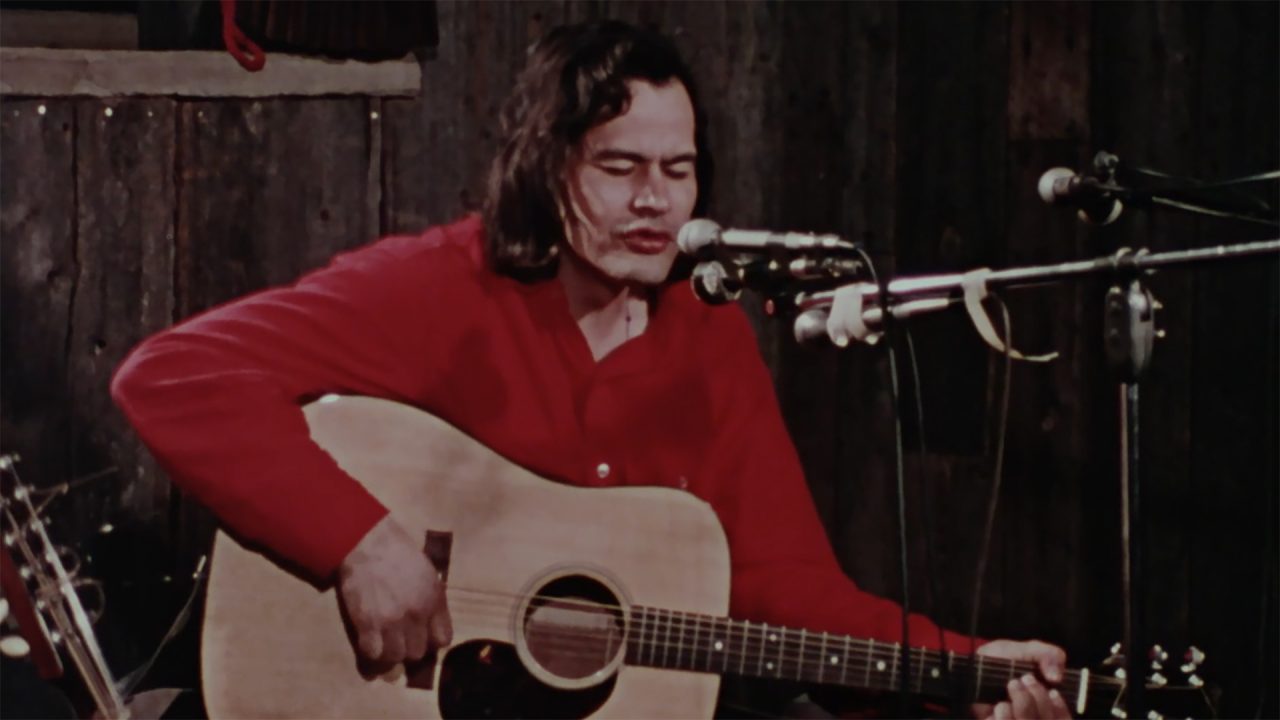
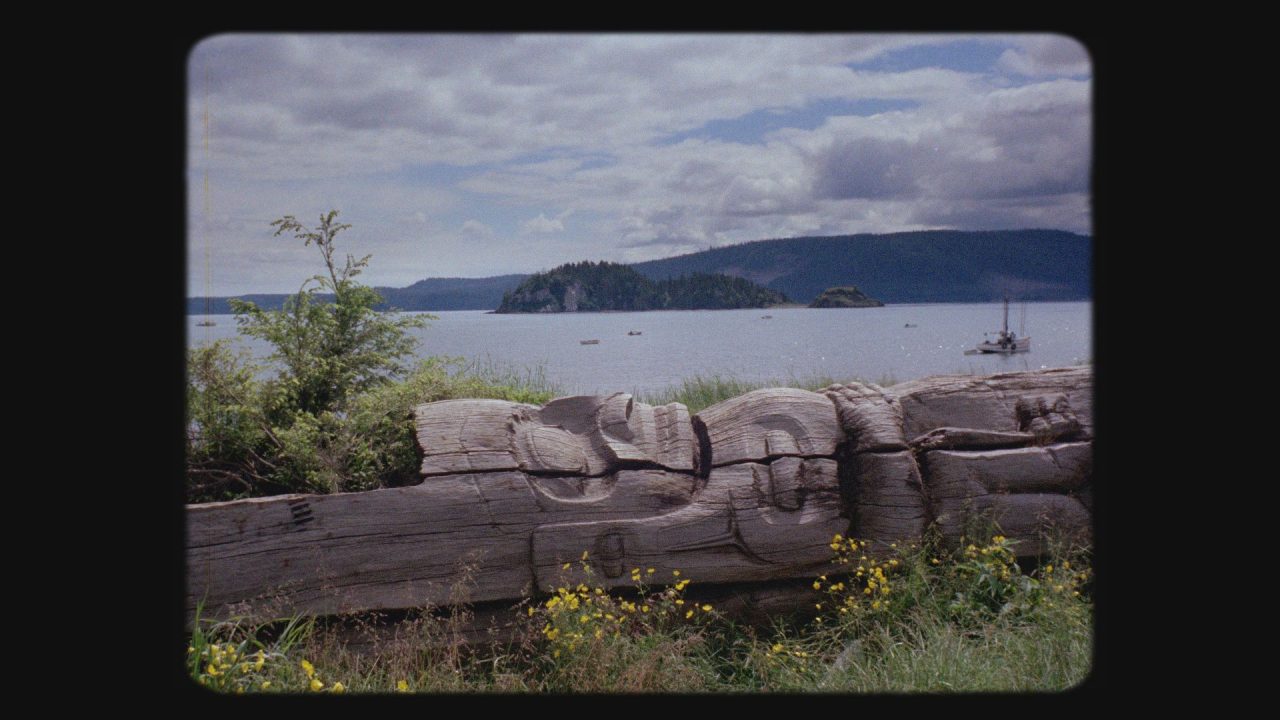
https://www.schaarschmidt.it/cms/images/stories/Mohawk/Mohawk_News_%20May10.pdf
Please post and distribute widely. Nia:wen. MNN 20 YEARS AFTER MOHAWK OKA CRISIS MNN. Sep. 15, 2009. July 11, 2010, will be twenty years since the Canadian military attacked the Mohawk Nation at Kanehsatake, Kahnawake and Akwesasne. We did not want the nearby town of Oka to extend its golf course over our ceremonial site and burial grounds. The Quebec police opened fire with automatic guns and tear gas on Mohawk men, women and children. For 78 days we faced the combined firepower of the Canadian Armed Forces, the Quebec Police and the RCMP. We found ourselves fighting for our identity and defending ourselves against oppression by Canada and Quebec. The Mohawk defenders were brought to trial on criminal charges. The following is a synopsis of the first day of the first year-long trial after the crisis. [MOHAWK WARRIORS THREE – The Trial of Lasagna, Noriega & 20-20]. This was followed by another year long trial of over 50 other Mohawks and our allies. We were all acquitted.
RCAP
(Vol.1/Part1/CH.7)
“We have characterized this fourth stage in the relationship between Aboriginal and non-Aboriginal people in Canada as a period of negotiation and renewal, and it is this stage that is still under way. By the early 1970s, it was clear even to most people in non-Aboriginal society that substantial changes in the relationship were required, and negotiations taking various forms ensued — at road block sites, in legislative offices, across the constitutional bargaining table and in international forums. These discussions gradually brought about a better understanding of the Aboriginal perspective and some movement toward a middle ground. A particularly important development was the adoption of a constitutional provision that recognized and affirmed existing Aboriginal and treaty rights The negotiations were far from smooth, however, and reversals were not uncommon.”